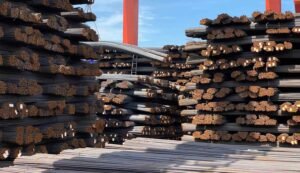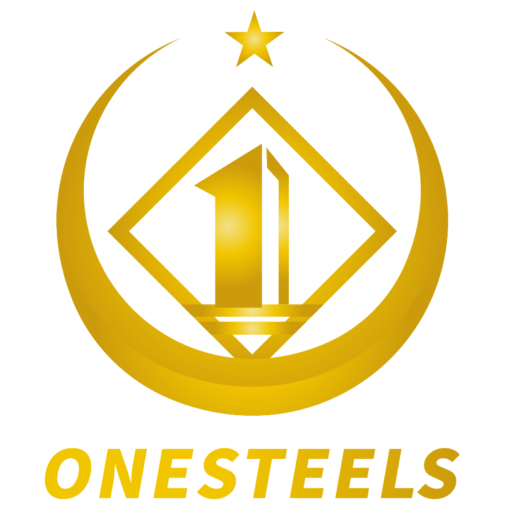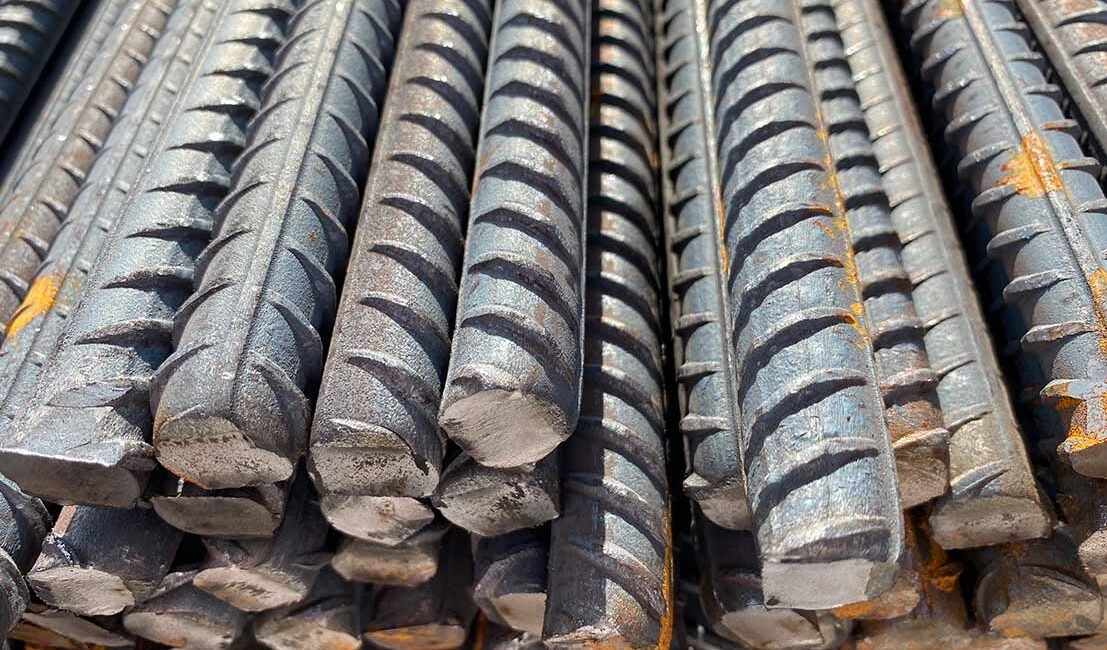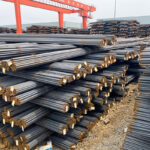
The advantages of China’s steel exports include the following aspects
-
Production advantage: China is one of the world’s largest steel producers, and its crude steel production maintains a high share globally. According to data from the World Steel Association (wsa), China’s crude steel production from January to November 2023 was 952.8 million tons, an increase of 0.4% compared to the same period last year, accounting for a share of 55.5% globally, up from 55% in the same period last year. Combined with potential off-balance sheet data, China’s supply side share globally is expected to increase by more than 15 million tons year-on-year. The huge production volume provides an abundant supply for steel exports.
-
Price advantage: Chinese steel usually has price competitiveness in the international market. Although the export price declined in 2023, it was still higher than the domestic average price. For example, in 2023, the export price of Chinese hot-rolled coils was $65 – $70 per ton lower than that of India and the Black Sea region. The high quality and low price make Chinese steel more attractive in the international market.
-
Cost advantage: China has relatively low production costs, including raw material procurement, production processing, labor costs, and logistics costs. This enables Chinese steel to be exported to the international market at more competitive prices.
-
Rich variety: China is capable of producing various types and specifications of steel products, which can meet the diverse needs of different countries and regions. In 2023, the export volume of each variety of Chinese steel increased year-on-year. The increase in exports was mainly contributed by hot-rolled coils, with an export volume of 21.5198 million tons, a year-on-year increase of 86.1%; the export volume of bars and wire rods was 10.8818 million tons, a year-on-year increase of 42.1%, of which one-third was threaded steel, and the export volume increased sharply by 145.7% year-on-year; semi-finished product exports also performed well, with the export volume of steel billets reaching 3.2792 million tons, a year-on-year increase of 219.2%.
-
Complete industrial support: The Chinese steel industry has a complete industrial chain, and all links from raw material supply, production and processing to sales and services are relatively mature and complete, which can efficiently meet customer needs and provide high-quality products.
-
Advancement in technology: In recent years, Chinese steel enterprises have continuously invested in technological innovation and research and development. The technological level has gradually improved, and product quality has also been enhanced. Some high-end steel products have already had strong international competitiveness.
-
Market diversification: The destination markets for China’s steel exports are relatively diversified. The composition of the main destination markets for China’s steel exports in 2023 was relatively stable. ASEAN still occupied several seats among the top ten destination markets. In recent years, the export volume to non-traditional destination markets in the Middle East has increased significantly, to a certain extent, reducing reliance on a single market and improving risk resistance capabilities.
-
Exchange rate factor: The depreciation of the RMB against the currencies of major steel export destination countries will further enhance the price competitiveness of export products in the international market. For example, in 2023, the central parity rate of the RMB against the US dollar fell by 1.7%, and it also depreciated against the currencies of major steel export destination countries (such as the Vietnamese dong, peso, Indonesian rupiah, South Korean won, rupee, and UAE dirham), with a year-on-year decline ranging from 2% to 4%.
However, China’s steel exports also face some challenges, such as increased trade barriers, changes in the international market situation, and higher environmental protection requirements. Steel enterprises need to continuously enhance their own strength to cope with various challenges and maintain export advantages. At the same time, they also need to pay attention to international market dynamics and strengthen trade cooperation with various countries to promote the stable development of steel exports.






